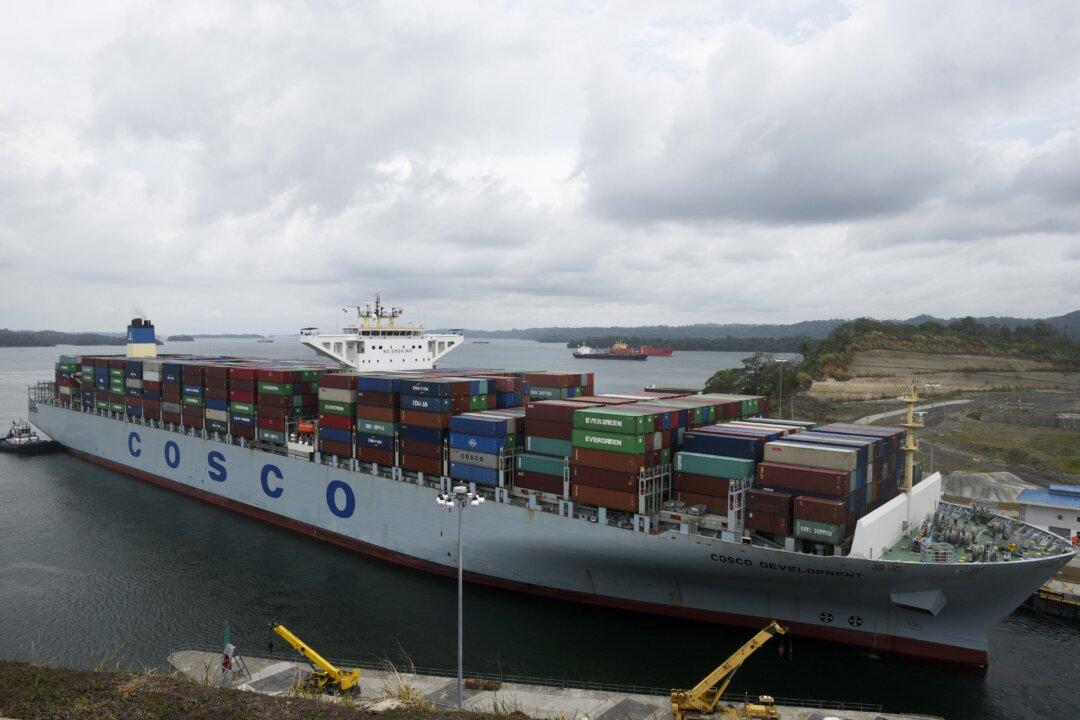A new wide-ranging report by a U.S. congressional commission on China has outlined the Chinese regime’s strategies in Latin America for gaining advantages that boost its political and economic interests.
The report, released Oct. 17 by the U.S.–China Economic and Security Review Commission, described in blunt terms what China’s objectives are in the Latin America and Caribbean region: to gain access to the region’s natural resources and consumer markets, shape foreign policy and public opinion in favor of China; and gain “geopolitical influence in a region geographically close and historically subject to U.S. influence,” the report said.





